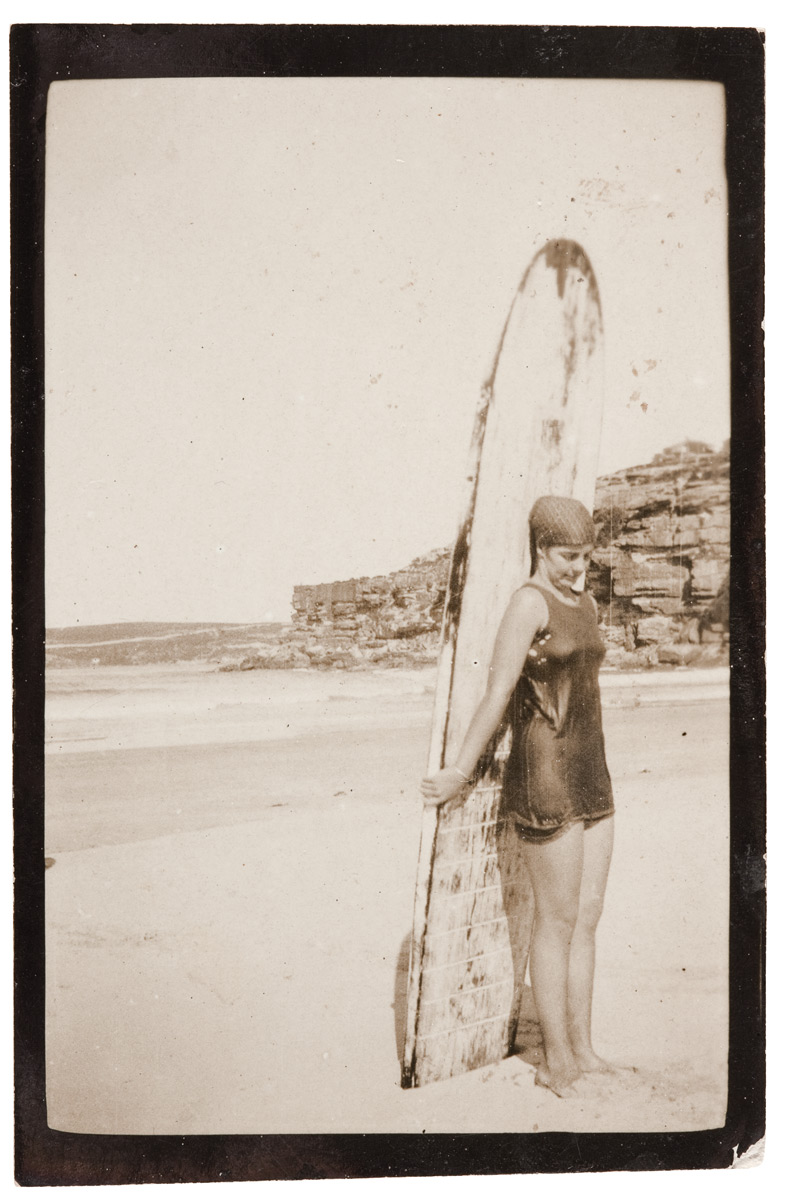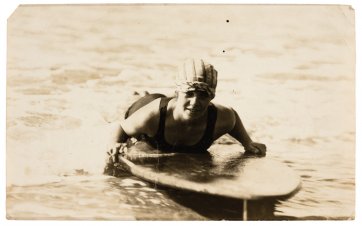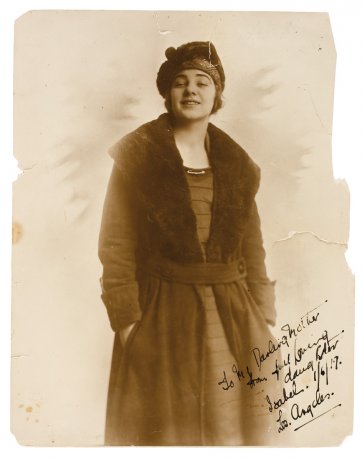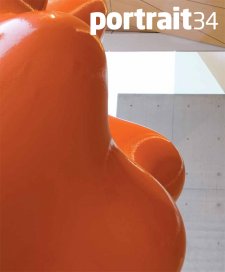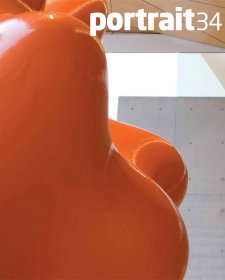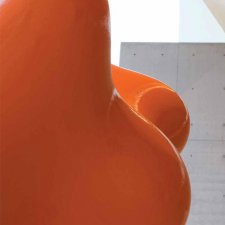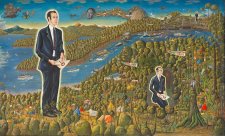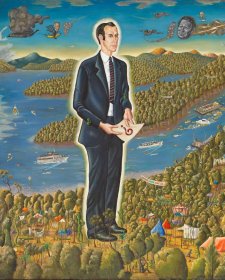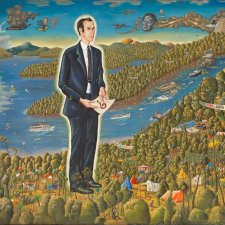Some might be aware that surfing is said to have been introduced to Australia by the Hawaiian swimming champion, Duke Kahanamoku. What is less known is that he was accompanied in some of his momentous surfing demonstrations by a teenaged girl from Sydney’s northern beaches who, by tandem board-riding with Kahanamoku at Freshwater Beach in January 1915, earned the contested distinction of being the first Australian to surf.
That Isabel Letham’s name is little known outside the surfing world no doubt says something about the way the sport’s iconography of chiselled jaws and bare, bronzed pectorals has left little room for images of feisty femininity.
Isabel Letham’s was an attitude characteristic of the spirit that saw swimming and beach-going achieve the status of national pastimes by the time of the First World War. The idea that the beach presented a clean, sensual means of counteracting fetid city living emerged in the nineteenth century and took hold in the early years of the twentieth. Beach enthusiasts found ways of resisting the uptight laws that demanded segregated bathing and swimsuits covering a specified amount of flesh. Isolated beaches were favoured, free as they were from the standards of dress called for on the sand at Manly – a place which owed much of its flavour to prudish Victorian seaside resorts. Segregated bathing allowed women to experiment with shorter swimwear and abandon the use of neck-to-knee woollen costumes. Swimmers such as Australia’s first female Olympic medallists, Fanny Durack and Mina Wylie, ignored convention and competed, wearing men’s-style suits, in mixed competitions.
Isabel Letham embodied similar ideals. Born in 1899, she spent the early years of her life in the suburb of Chatswood and first tasted the surf during weekend trips to the beach with her parents. Her tastes deepened when, aged ten, the family moved to Freshwater Beach. Influenced by her mother’s circle of feminist-leaning friends, she became something of a tomboy. By her mid teens her repertoire of pursuits included swimming, diving, body surfing and aquaplaning – her active, unconventional nature documented in photographs of her and her likeminded friends of this time. She was fifteen when Kahanamoku, who visited Australia in the summer of 1914-15, attended a surf carnival at Freshwater.
After a couple of hours demonstrating swimming and surf stunts, he called for someone game enough to surf with him, ‘Hawaiian style’. Letham accepted. She recalled being ‘scared out of my wits’ as Kahanamoku dragged her onto the board: ‘It was like looking over a cliff’. But she was hooked. She convinced her reluctant father to make her a surfboard like the one she’d ridden with Kahanamoku (a thirty-four kilogram timber slab). She surfed with Kahanamoku again at a carnival at Dee Why in February 1915, the Sydney Morning Herald reporting on this occasion that Kahanamoku was ‘accompanied at intervals by Miss Letham, of Freshwater, and it was a rare sight to watch both swimmers on the surf board.’
Letham’s ride attracted international attention: ‘the prettiest swimmer to come out of Australia’ and ‘as for diving... another Annette Kellerman’, according to the Hawaiian Star Bulletin. After a stint as a sports teacher at a Sydney school, she headed to California hoping, like Kellerman, to find work in films. While this didn’t eventuate, she remained in the usa for most of the 1920s, working as a swimming instructor, including a period as assistant swimming coach at the University of California and Director of Swimming for the City of San Francisco.
Letham tried to introduce Australian surf-lifesaving methods to Californian beaches but her authority to do so was undermined by the Manly surf lifesaving club when it denied her membership on the basis of her sex. Back in Australia from 1929, she spent much of the rest of her career teaching swimming and synchronised swimming, and is credited with being the first to teach the latter in Australia. She lived long enough to finally see women admitted as members of the Surf Lifesaving Association, and the inaugural women’s surfing championship, in 1980. She was inducted into the Australian Surfing Hall of Fame in 1993 and when she died in 1995, her ashes were scattered by surfers in the sea off Freshwater Beach – the same ceremony with which Kahanamoku was farewelled at Waikiki in 1968.
The claim that Isabel Letham was the ‘first’ Australian to surf is one that has since been questioned, some historians citing occasions of board riding three or four years before her 1915 stunt with Kahanamoku. But this and her many other achievements are nevertheless recognised as landmarks, preserved in the photographs and papers bequeathed by her to her local library in 1995, a perky collection that preserves Isabel Letham’s place in the history – and iconography – of Australian surf culture.
